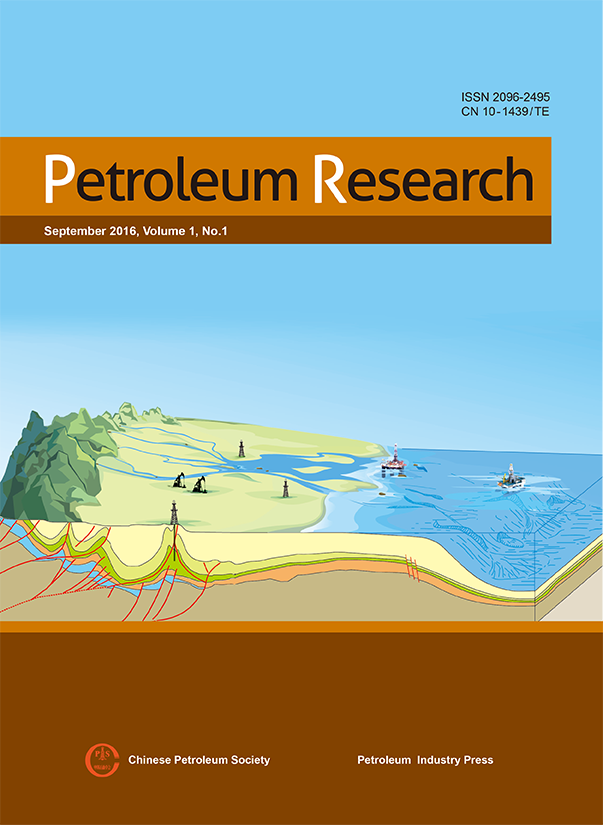Effect of particle size on high-pressure methane adsorption of coal
Jie Zou and Reza Rezaee*
Department of Petroleum Engineering, Curtin University, Western Australia, Australia Received May 15, 2016; Accepted August 6, 2016
Adsorbed gas cannot be neglected in the evaluation of coalbed methane and shale gas since a significant proportion of gas is stored in the form of adsorbed gas. Adsorbed methane of coal and shale has been widely studied by high-pressure methane adsorption experiment. In sample treatment of the experiment, the sample is crushed and sieved to a particular particle size range. However, how particle size influence high-pressure methane adsorption is still unclear. In this study, low-pressure nitrogen (N2) and high-pressure methane adsorption have been measured on coal samples with different particle size. According to N2 sorption analysis, pore volume and surface area increase with particle size reduction. Pore size distribution of small pores (<10nm) changes among varying particle size. Pore volume proportion of small pores (<10nm) increases and pore volume proportion of big pores (>10nm) decreases with decreasing particle size. Decreasing particle size by crushing sample introduces new connectivity for closed pores to the particle surface. The responses of isotherms of high-pressure methane adsorption are different with different particle size. Methane adsorption at initial pressure (145psi) increases with decreasing particle size. Adsorption increase rate at high pressure (435-870psi) decreases with particle size reduction. This can be explained that fine sample has more pore volume and higher pore volume proportion of small pores (<10nm). Sample with particle size of 150-250μm has the highest Langmuir volume.
CITE:

Supervised by
China Association for Science and Technology
Sponsored by
Chinese Petroleum Society
Petroleum Industry Press Co., LTD
Edited by
Editorial office of Petroleum Research
No 6 Liupukang Street, Xicheng District
Beijing, 100724, China
Published by
Petroleum Industry Press Co., LTD.,
No 1 Building, Block 2, Andingmenwai Street,
Beijing, 100011, China
Editor-in-Chief Jia Chengzao
Deputy Editor-in-Chief Liu Keyu
ISSN 2096-2459CN 10-1439/TE

